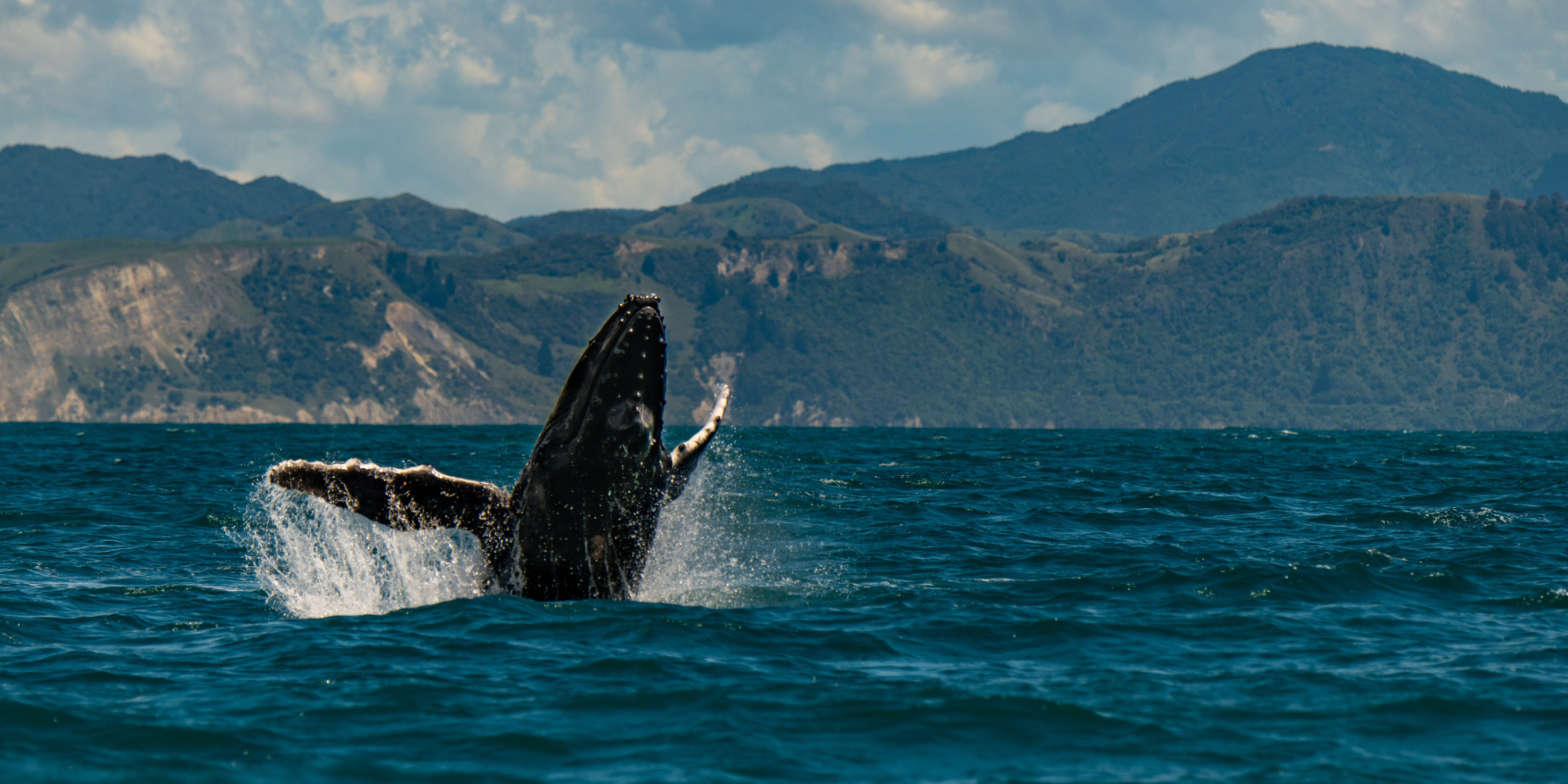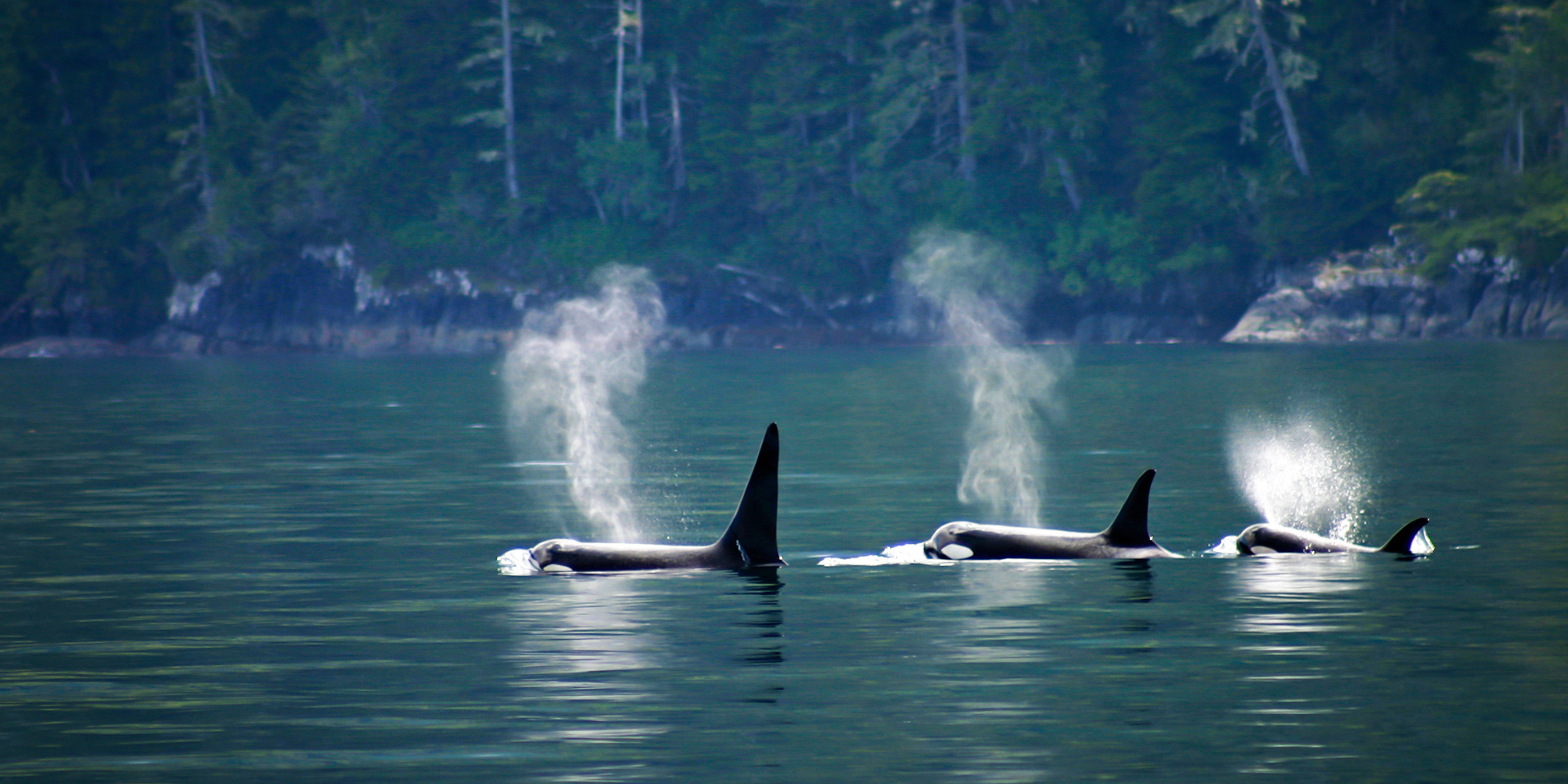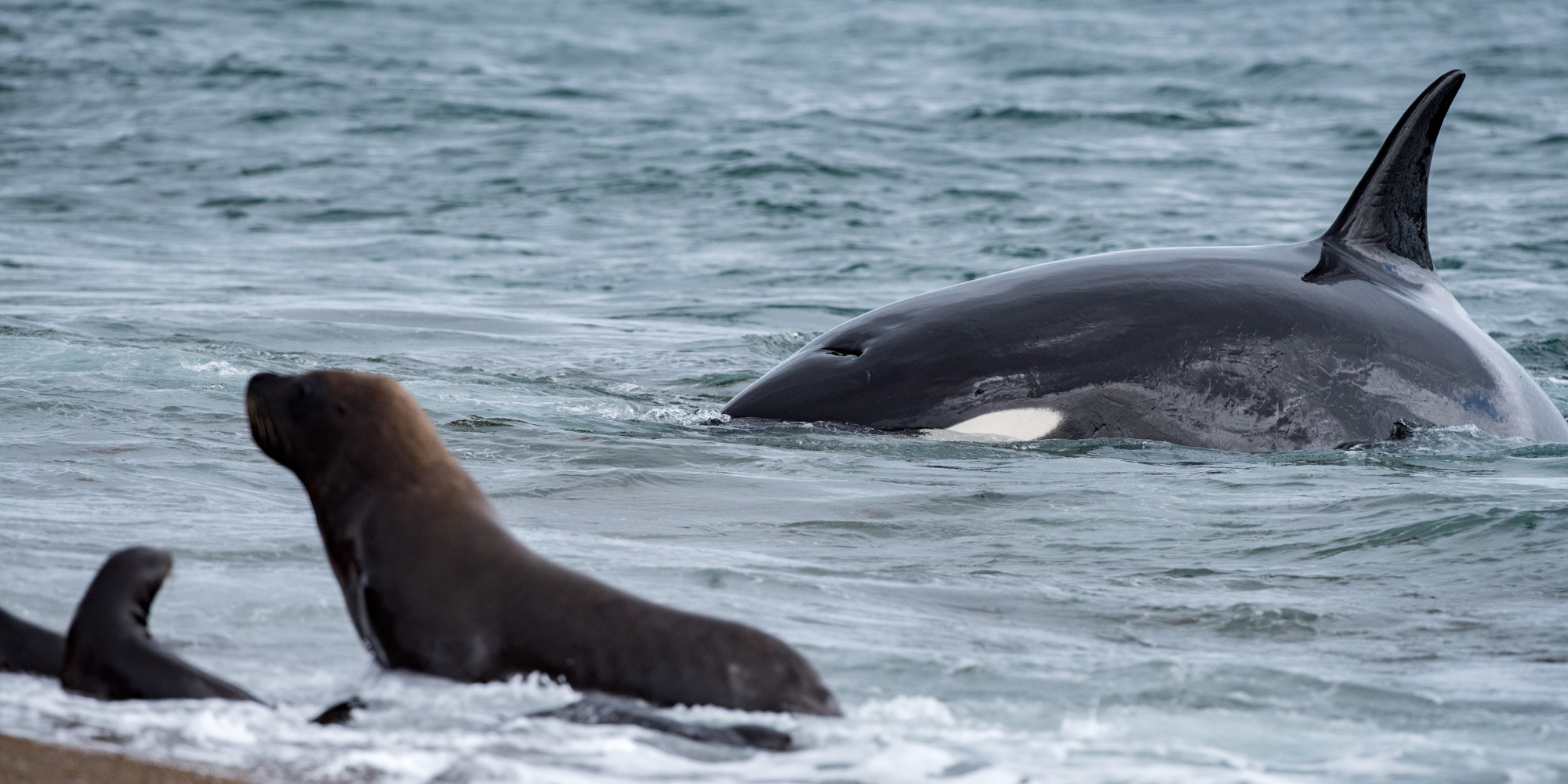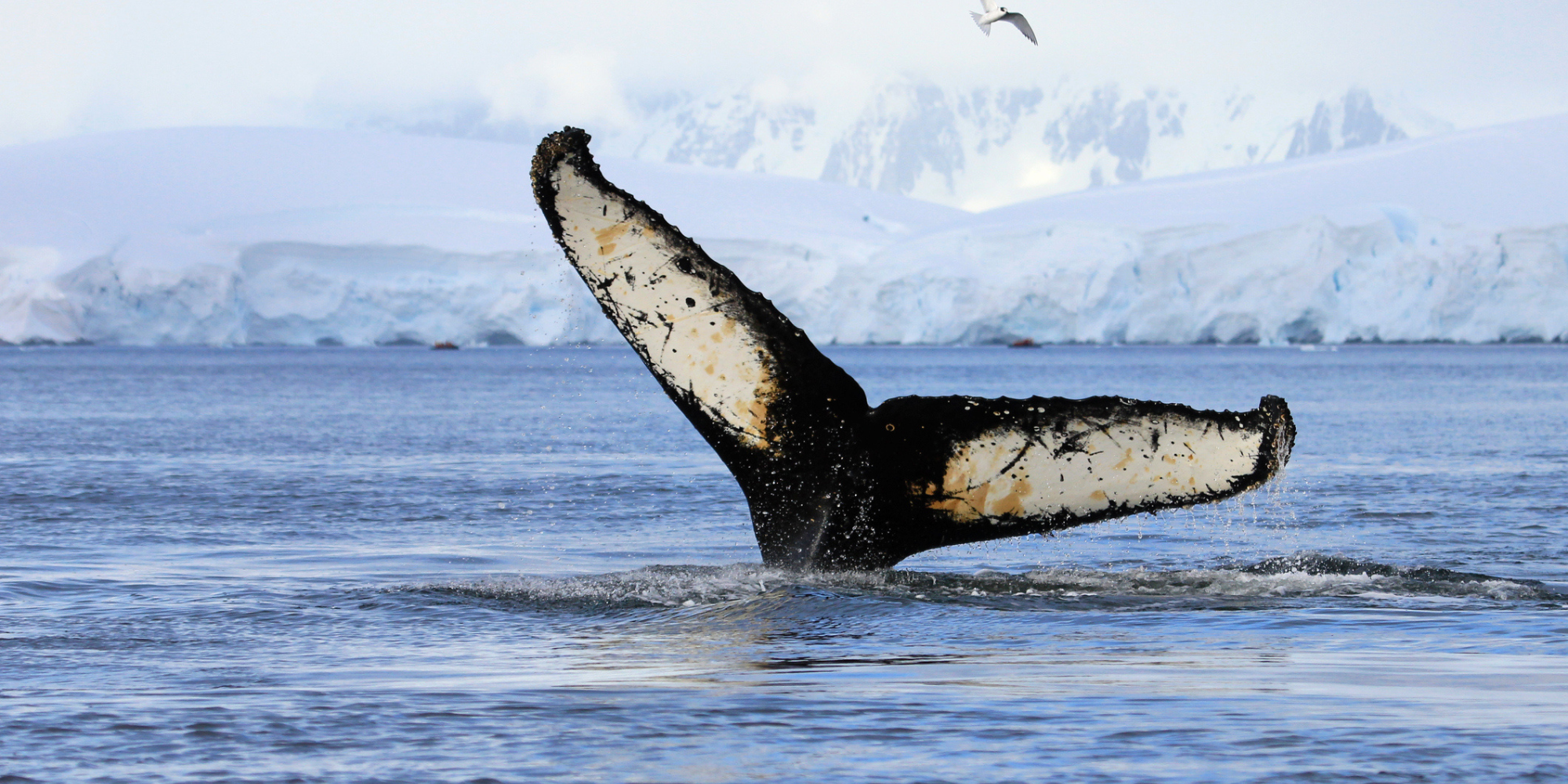If you’ve ever gotten to see whales in their natural habitat, you’ll know what an exciting, uplifting and memorable experience it is. And if you haven’t yet gone whale watching, you need to get it on your bucket list asap!
Combining an overseas trip and a whale observation experience makes for a really special holiday. Whether you’re a newbie to whale watching or it’s something that, pardon the pun, regularly floats your boat, we’ve put together 12 of our top whale watching destinations around the world (it was hard to pick just 12 as there are many great locations to choose from!)
Read on to find out why these are such great locations to see whales in the wild, what species you can see and the best time of year to make your trip.
Europe
Tenerife, Canary Islands
In 2021, the Tenerife La Gomera area was declared the first Whale Heritage Site in Europe, reflecting its position as one of the world’s top-rated whale watching destinations and also guaranteeing that whale watching is carried out in a responsible and habitat-friendly manner.
The Tenerife La Gomera area is a marine strip between the two islands of La Gomera and Tenerife (off the west coast). Long before it was named a Whale Heritage Site by the World Cetacean Alliance, it was designated a Special Conservation Area by Tenerife authorities, helping to protect the many animal species in the area and its biodiversity.
Most whales and dolphins can be sighted just 20 minutes off the coast of the island. As the Canaries are volcanic islands, there is great depth just a few metres off the coast for cetaceans to enjoy and to thrive in.
A colony of more than 500 short-finned pilot whales live year-round in these waters. They have unique hunting behaviours which haven’t been observed elsewhere, including deep, high-speed dives to chase and capture squid.
More transient in the waters (and therefore less frequently spotted) are orcas, sperm whales, fin whales, humpback whales, blue whales, sei whales and Bryde’s whales, Blainville’s beaked whales and Cuvier’s beaked whales. You never know when they will pop up their heads in this region’s waters, making Tenerife an exciting place to go whale watching.
When to go?
The mild climate that the Canaries enjoys makes it a year-round whale watching destination.
Húsavík, Iceland

The town of Húsavík in the north of Iceland has really pioneered whale watching in Iceland and we think offers a more unique experience than the more well beaten path to the capital city, Reykjavík.
The cold waters off the coast of Iceland play host to a biodiverse marine life, particularly during the summer months when a range of whale and dolphin species use it as a feeding ground.
Húsavík is located in the beautiful Skjálfandi Bay, where the most commonly spotted whales are humpback whales and minke whales, with sperm whales, fin whales and orcas also putting in appearances. Even the largest animal on the planet, the blue whale, has been sighted in the bay.
When to go?
The best time to spot whales and the most comfortable time, temperature-wise, for a whale observation experience is the late spring/summer/early autumn (April to October). Whale watching experiences in the winter are less frequent but they’re also less crowded and even come with the chance of seeing the Northern Lights.
West Cork, Ireland
The coastal waters off the southwest of Ireland are a summer feeding ground for three types of baleen whales: minke whale, fin whale and humpback whale. This makes whale watching in Ireland some of the best whale watching in Europe, with West Cork being a particular draw for whale and dolphin watching enthusiasts.
Whale watching companies are centred in villages including Baltimore, Courtmacsherry and Union Hall.
To date, 24 species of the world’s cetaceans have been recorded in Irish waters so you’re also likely to see plenty of dolphin species while out searching the horizon for whales.
When to go?
Minke whales usually start arriving off the Irish coast in March and can be seen well into winter (till November). Fin whales traditionally arrive in the late summer/early autumn and humpbacks are a bit less predictable, often showing up in late spring/early summer (April-June) but also known to make appearances later in the summer and into the early days of autumn.
Winter is also a good time to spot whales although it is obviously a colder experience to be out on a whale watching boat during this time and sea conditions can impact if and when tours go out.
Strait of Gibraltar

The Strait of Gibraltar is one of the most extraordinary habitats for marine mammals in the world. It connects the Atlantic Ocean with the European Mediterranean Sea and at its narrowest point, it’s only 13 kilometres wide.
The large food supply in the Strait, which is naturally maintained by the opposing currents, ensures that whales and dolphins stay there despite the noise levels from vessel traffic. Also cetaceans often migrate from the Atlantic Ocean to the Mediterranean Sea through the Strait in order to reproduce in a protected environment.
The fishing of tuna attracts a resident group of orcas during summer months. Sperm whales, fin whales and pilot whales are also frequently spotted in the Strait of Gibraltar
When to go?
Pilot whales, along with dolphins, stay in the area throughout the year but other species are more seasonal visitors. Orcas follow the tuna during the summer months so June to August is the best time to visit if you wish to catch a sight of them.
Sperm whales are usually seen between April and August, with fin whales being less predictable when they show up in the Strait.
Australasia
Kaikōura, New Zealand

Located on New Zealand’s south island, Kaikōura is an incredibly scenic town and one of the best places to experience whale watching in the world.
The reason why? The Kaikōura Canyon, just off the coast, contains deep trenches and underwater canyons where whales can breed undisturbed. Sperm whales usually inhabit the deep ocean and are rarely seen along coastlines unless there are offshore canyons.
So it’s no surprise then that sperm whales are the primary residents in this region and the species you’re most likely to see on a whale watching tour in Kaikōura. After sperm whales, orcas and humpback whales are most likely to be spotted, and less frequently, you might spot Southern Right whales on their migration, minke whales and long-finned pilot whales.
When to go?
Sperm whales are resident off Kaikōura all year round. Orcas can be seen from November to March (some estimates say they’re usually seen at least two to three times a month during that period) and humpback whales are usually spotted in June and July.
Temperature-wise, it’s warmer to whale watch from October to March which is the southern hemisphere spring and summer. But if you wrap up warm, you can have a great experience in the winter time (June-August).
Hervey Bay, Australia
The town of Hervey Bay in Queensland has been a centre for humpback whale watching for decades and in 2019, it was jointly named the first Whale Heritage Site in the world.
Hervey Bay is an important and protected stopover site for migrating humpback whales, making their way along the eastern coast of Australia.
The waters off Hervey Bay are part of the Great Sandy Strait Marine Park and just a short distance out to sea from the town is the biodiverse Fraser Island (well worth a visit if you’re planning a visit to Hervey Bay).
The humpbacks who visit the bay tend to stick around a while (10 days on average) which means there’s a very good chance of seeing them once they arrive offshore.
It’s thought that 20,000 humpback whales migrate through the region every year with around 8,000 of them using the calm waters of Hervey Bay to rest and nurse their new-born calves before continuing on their migration.
A certain albino humpback called Migaloo has been spotted in this neck of the woods. Also spotted in Hervey Bay are minke whales, Southern right whales and Bryde’s whales, along with a large range of dolphin species.
When to go?
June to November is when the humpback whales visit Hervey Bay and even within that period, early August to late September is the optimum time to see them.
North America
Baja California, Mexico

The most northernmost of the Mexican federal entities, Baja California is just across the border from the U.S. It neighbours the Golden State, California.
Sandwiched between the Pacific Ocean to the west and the Sea of Cortez to the east, Baja California is an incredibly rich area for marine mammals, particularly whales.
The whales who frequent this region have migrated south from the freezing Alaskan waters to enjoy the warm welcoming waters off Mexico. It’s here that they mate, give birth and raise their young. On the Pacific coast, the most common species are the humpback whale and grey whale while the Sea of Cortez plays host to humpbacks, orcas and fin whales.
It’s also possible to see sperm whales, minke whales, blue whales and pilot whales though they are more elusive in these waters.
Grey whale observation in Baja California Sur is quite the experience as the whales are very friendly, curious and approach boats seeking out interaction from humans. This is particularly common in Magdalena Bay.
When to go?
Whale watching is a year-round activity in Baja California but if you’re interested in particular species, you can time your trip more specifically.
Grey whales are usually spotted from late December to April, with peak months in February and March. These months are also the best months if you’re looking for blue whales and orcas. Humpback whales are the most commonly spotted whales in Baja California Sur and are sighted from December to April.
Vancouver Island, Canada

You’re spoilt for choice when it comes to species of whales found off Vancouver Island in British Columbia (on the west coast of Canada). Minke whales, grey whales, humpback whales and orcas are found at different times of the year.
There are two resident orca populations found on Vancouver Island that never mingle with each other. One group lives close to the town of Victoria and another group lives further north, patrolling the Johnstone Strait.
In addition, there’s also a transient orca group of 160 whales which travel much further than the resident pods. Vancouver Island is one of the most studied areas in the world when it comes to understanding more about orca whales and the quaint little village of Telegraph Cove on the east coast is one of the best places to go and experience orcas in the wild.
Pacific grey whales migrate north along the west coast of Vancouver Island and many of them stop off to rest in the calm bays and to feed. Humpback whales are usually found to the north of Vancouver Island.
Tofino, a small town on the west coast, is a great place to spot grey whales on their migration and you might also be fortunate to see orcas, fin whales, minke whales and humpbacks here. It’s also a fantastic place to surf, if you fancy catching a wave!
When to go?
March and April are the best times to spot grey whales but they can and do show up a little later into the year. Humpback whales are there during the summer months (May to September).
As a general rule, May to October is the period when orcas are most often spotted off Vancouver Island but that can be narrowed into a peak period of July to mid-September, especially if you’re heading to northern Vancouver Island.
Central and South America
Península Valdés, Argentina

Located in the heart of Patagonia, Península Valdés is a very significant region for the conservation of marine mammals. It was declared a UNESCO World Heritage Site in 1999.
The peninsula includes about 400 kilometres of shoreline and reaches more than 100 kilometres eastwards into the South Atlantic Ocean. The calm gulfs located along the peninsula are key breeding, calving and nursing areas for the Southern right whale.
The species’ population suffered greatly during the years of commercial whaling but thankfully has been increasing in numbers in the past 40 years, thanks to conservation efforts. There has been recent concern, though, that climate change will negatively affect that progress.
The Península is also well known for orcas who beach themselves on purpose, in order to catch and kill beach-dwelling sea lion pups. The orca aims to successfully catch its prey and then catch the next wave off the beach, using the steep and pebbled beach to roll back to the water.
To view this behaviour, tourists head to a lookout point at Punta Norte during a very short window of time each year and keep their fingers crossed they get to see this unique behaviour.
When to go?
Southern right whales are present in different waves of migration off the coast of Península Valdés from June to December, with the best time to view them in August to October. The peak time for orcas to hunt on the beach at Punta Norte is a 10 to 15 day period, usually in March or April.
It’s also possible to view orcas off the coast but the timing of this can be unpredictable (they are generally around in the waters during their migration between September and April).
Uvita, Costa Rica
Costa Rica in Central America is a fantastic destination to experience whales, with the laid back beach town of Uvita the main place to head to. The town is surrounded by the Parque Nacional Marino Ballena (Marine Whale National Park), created in 1990.
The beach shoreline near Uvita forms into a spit, that looks just like the fluke of a humpback whale. It’s known as ‘The Whale’s Tail’.
One of the reasons why Costa Rica is such a great whale watching destination is because it enjoys two whale watching seasons in a year (most locations around the world only have one season). Northern hemisphere humpback whales head south to the warmer waters of Central America between December and April.
Then between July to mid-November, the Southern hemisphere humpback whales head up from their base in the Antarctic to enjoy the warmer waters too.
When to go?
The whale watching season is almost all year-round in Uvita but the chances are highest between December and April and then again from July to mid-November e.g. May and June are months you are a lot less likely to see humpbacks.
A Whale and Dolphin Festival is celebrated each year at the end of September in Uvita so it’s well worth timing your visit to take part in this!
Antarctica

Not the easiest (or cheapest!) destination to get to but if you’re looking for a real whale watching adventure, this is definitely one to consider.
Whale watching in Antarctica usually takes place aboard small zodiac boats but because you’re based on a larger tourist ship (or cruise ship), you’ll be able to cover more ground and have more opportunities for whale sightings.
Up to eight different whale species are encountered in Antarctica – humpbacks (the most sighted), minke whales (the second most), orcas, sperm whales, Southern right whales, sei whales, Antarctic blue whales and fin whales.
It’s a beautiful setting to observe and appreciate whales, with statuesque icebergs in the background, amazing clear skies and a peaceful and quiet environment in this unpopulated region.
Whales are found all around Antarctica but hotspots include the Drake Passage crossing, Wilhelmina Bay (sometimes known as ‘Whale-mina Bay’ due to the number of whales that can be seen) and the Lemaire Channel.
When to go?
The best time to spot whales in Antarctica is February and March, which is just after the southern hemisphere summer when the animals have been busily feeding (after their long migration back).
That means they are usually full of energy, in a playful mood and most likely to be curious about human activity nearby.
Africa
Hermanus, South Africa
Close to Cape Town at the bottom tip of Africa, Hermanus is a brilliant place to observe Southern right whales. They can be spotted very close to land, meaning you can choose from land-based or boat-based whale watching.
The whale species migrates from Antarctica every year, heading northerly into warmer waters to breed and give birth. It’s also possible to see other whale species including humpbacks and Bryde’s whales.
When to go?
Most sightings of Southern right and humpback whales happen between June and October with the best months being August to early October.
Hermanus hosts an annual whale festival at the end of September/start of October each year, attracting around 150,000 people. And interestingly, the city employs a ‘whale crier’ whose main job is to blow a horn to alert people whenever a Southern right whale is spotted!
